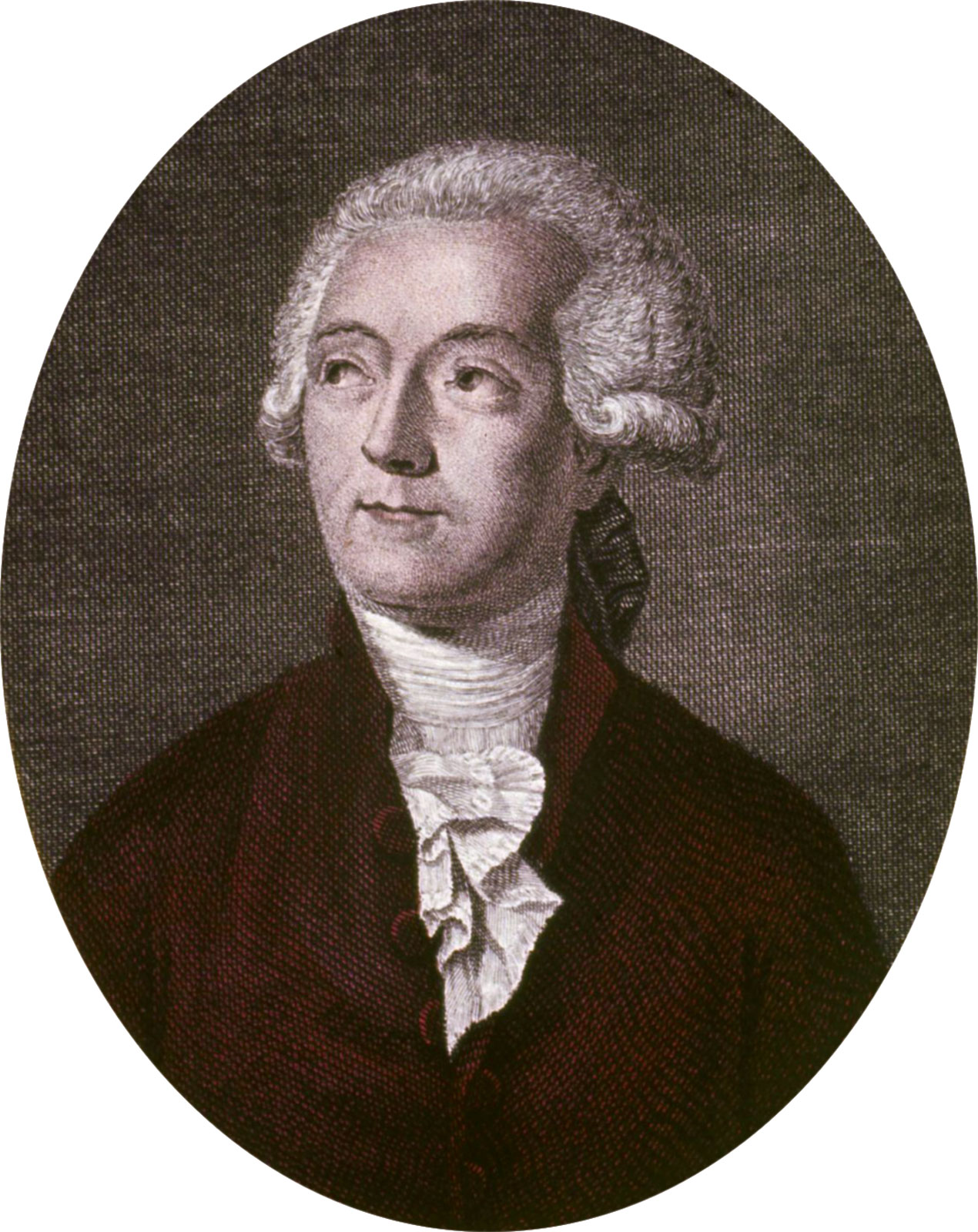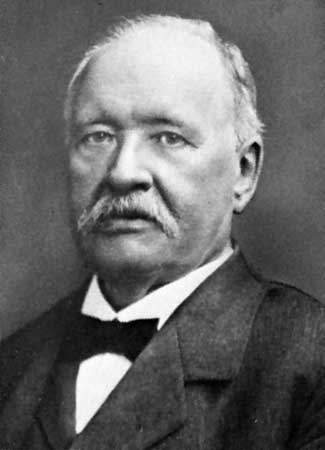[cs_content][cs_section parallax=”false” separator_top_type=”none” separator_top_height=”50px” separator_top_angle_point=”50″ separator_bottom_type=”none” separator_bottom_height=”50px” separator_bottom_angle_point=”50″ style=”margin: 0px;padding: 45px 0px;”][cs_row inner_container=”true” marginless_columns=”false” style=”margin: 0px auto;padding: 0px;”][cs_column fade=”false” fade_animation=”in” fade_animation_offset=”45px” fade_duration=”750″ type=”1/1″ style=”padding: 0px;”][cs_text]The Acidic Environment > 4. Acid/Base Definitions >
Outline the historical development of ideas about acids including those of:
- Lavoisier
- Davy
- Arrhenius
[/cs_text][/cs_column][/cs_row][/cs_section][cs_section parallax=”false” separator_top_type=”none” separator_top_height=”50px” separator_top_angle_point=”50″ separator_bottom_type=”none” separator_bottom_height=”50px” separator_bottom_angle_point=”50″ style=”margin: 0px;padding: 45px 0px;”][cs_row inner_container=”true” marginless_columns=”false” style=”margin: 0px auto;padding: 0px;”][cs_column fade=”false” fade_animation=”in” fade_animation_offset=”45px” fade_duration=”750″ type=”1/1″ style=”padding: 0px;”][cs_text]
- Operational definitions: Definitions based entirely on particular observations.
- The earliest concepts of acids were operational definitions, based on observations such as:
- Sourness when tasted.
- Ability to change the colours of indicators.
- Conceptual definitions: Definitions that attempt to explain observations.
- As the field of chemistry developed, concepts of acids began to expand into conceptual definitions.
| Year |
Individual |
Acid theory |
Evidence / Details |
| 1766 |
Antoine Lavoisier |
Acids were substances that contained oxygen |
|
| 1810 | Humphry Davy | Acids were substances that contained hydrogen that could be replaced totally or partly by metals | Based on the observation that when acids reacted with metals, the metal appeared to replace the hydrogen in the acid, causing hydrogen gas to be evolved |
| 1884 | Svante Arrhenius | Acids were substances that ionised in solution to produce hydrogen ions |
|
[/cs_text][/cs_column][/cs_row][/cs_section][cs_section parallax=”false” separator_top_type=”none” separator_top_height=”50px” separator_top_angle_point=”50″ separator_bottom_type=”none” separator_bottom_height=”50px” separator_bottom_angle_point=”50″ style=”margin: 0px;padding: 45px 0px;”][cs_row inner_container=”true” marginless_columns=”false” style=”margin: 0px auto;padding: 0px;”][cs_column fade=”false” fade_animation=”in” fade_animation_offset=”45px” fade_duration=”750″ type=”1/1″ style=”padding: 0px;”][x_video_embed no_container=”false” type=”16:9″][/x_video_embed][/cs_column][/cs_row][/cs_section][/cs_content]


